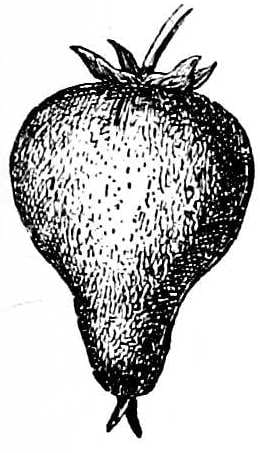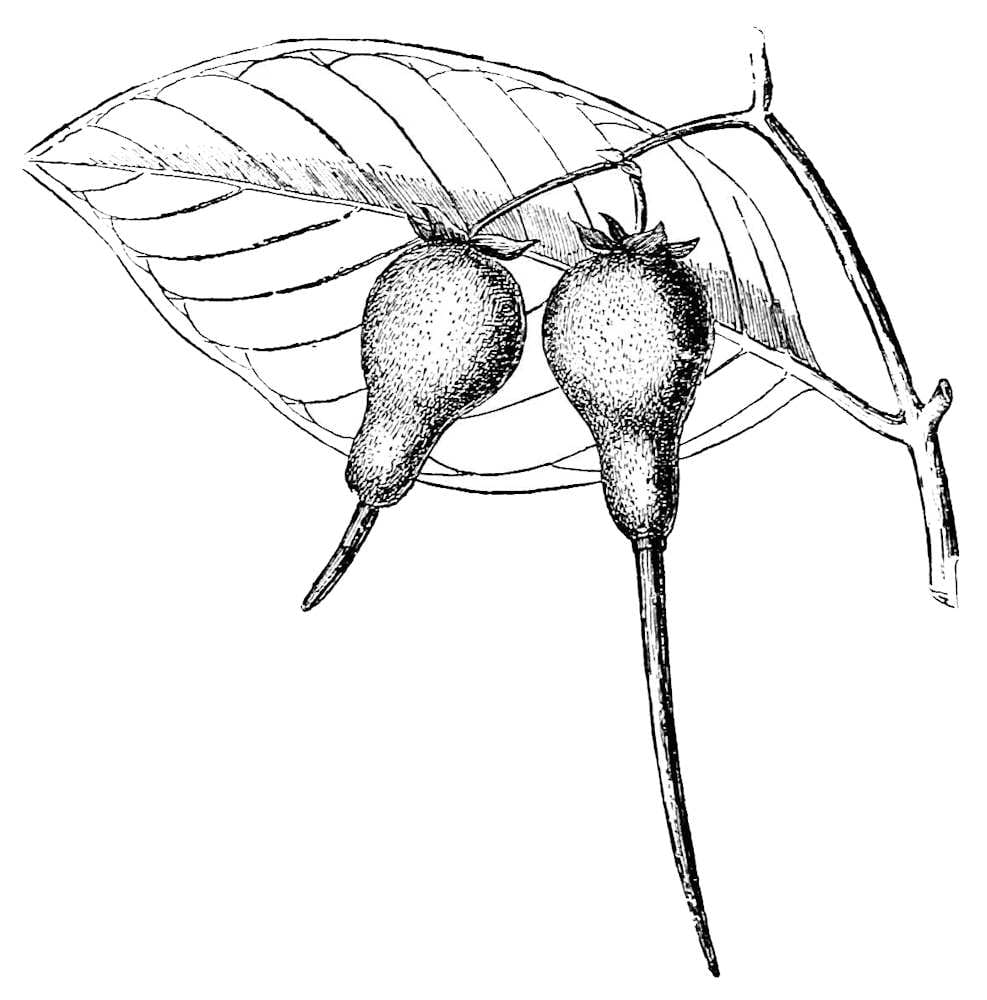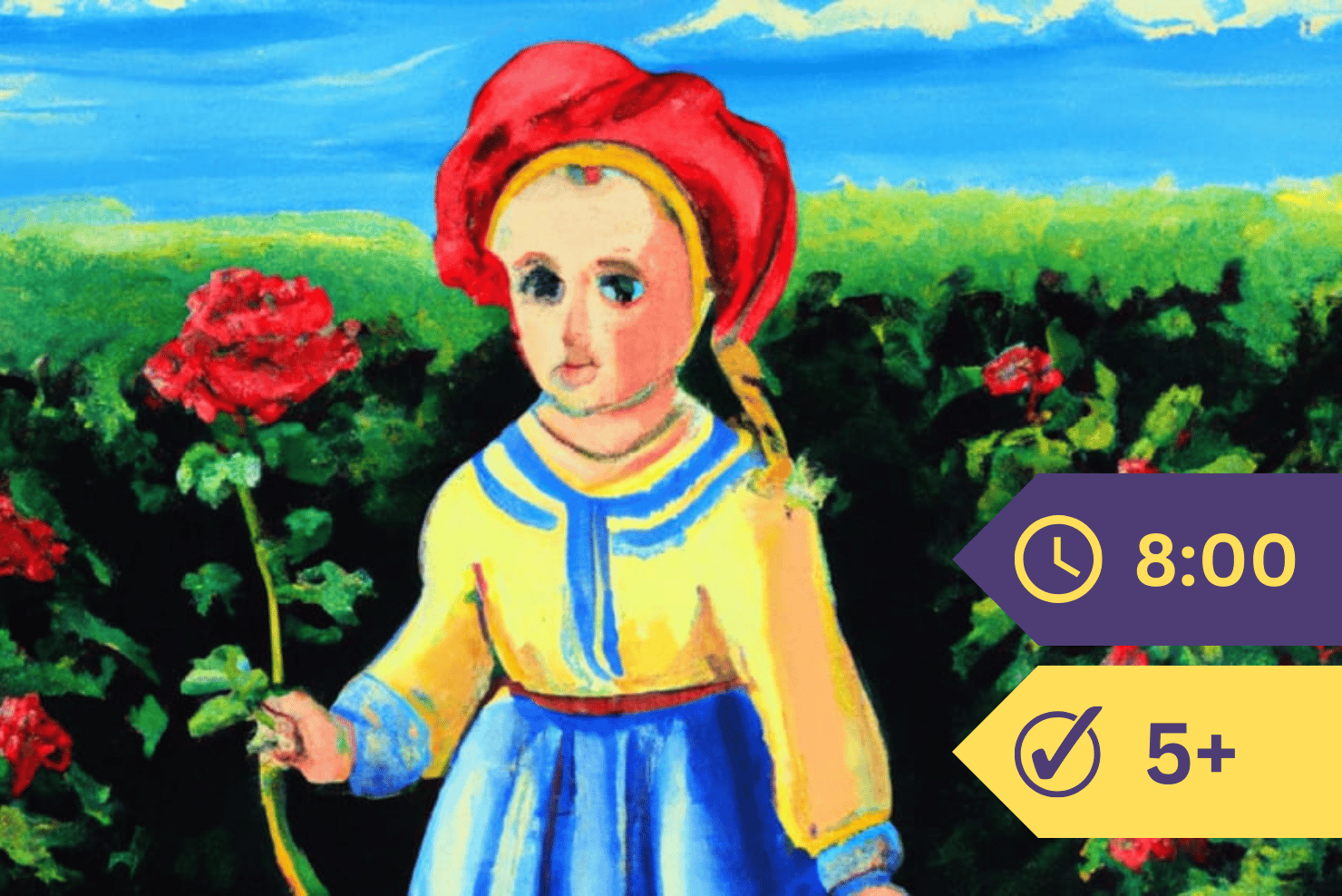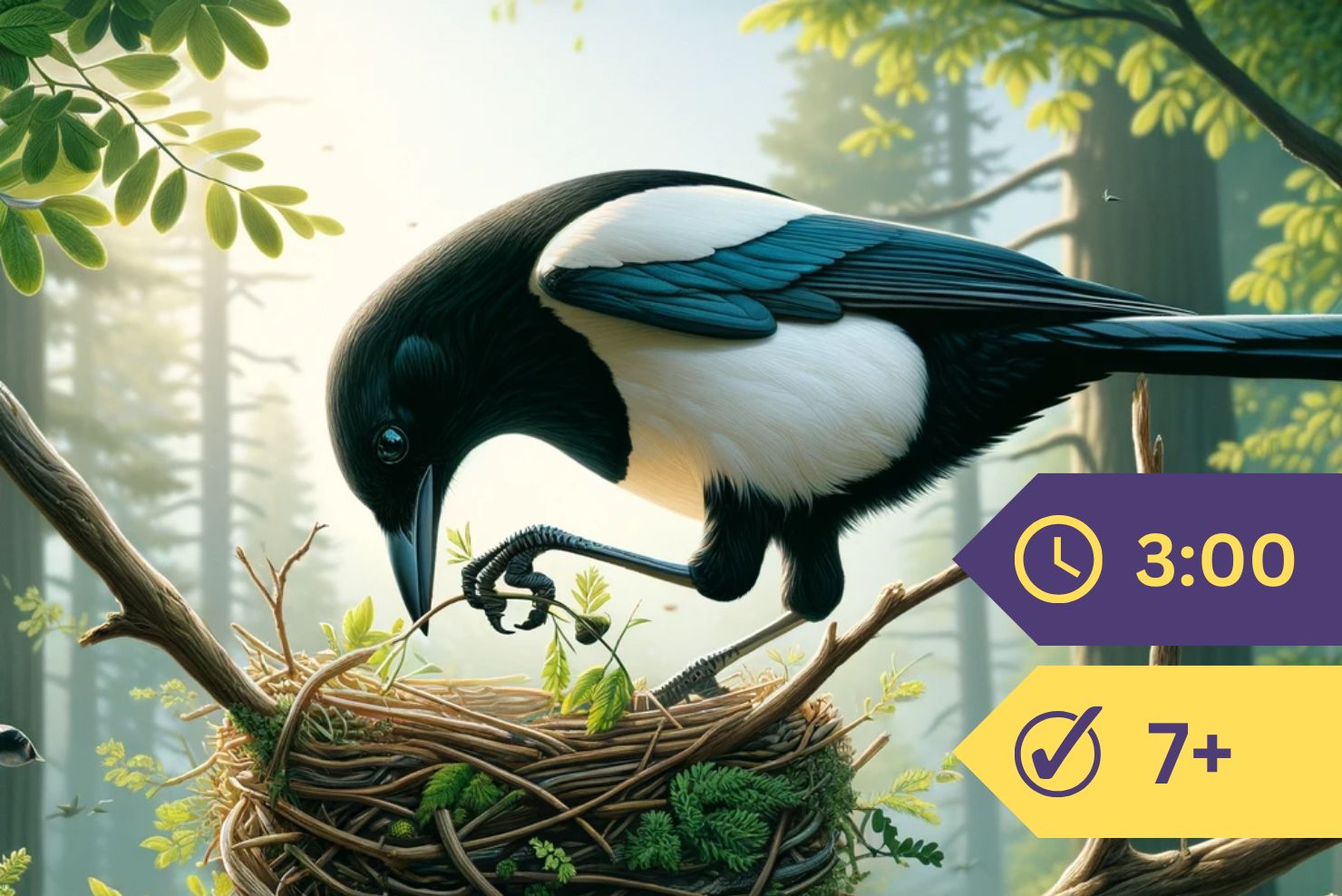Plant babies are not alike as to the time they take in finding their way out of the ripe seed shell into the world.
Certain seeds need only two or three days in which to bring forth their young. Perhaps we ourselves have seen the white tip of the bean rip open its shell the second or third day after being laid upon the moist cotton wool. But if we had not given this bean plant a good chance to grow, it would have kept alive and hearty inside its shell for a long time. This is not the case with all plants. Certain seeds need to be planted soon after they are ripe. If they are not, their baby plants die.
But usually seeds take such good care of their young, that they will live for a long time, even if shut up in a dark closet or a table drawer, instead of being comfortably laid away in the warm, moist earth.
Wonderful stories are told of seeds that have sprouted after having lain buried in some Egyptian tomb for thousands of years; but the people best fitted to judge of the truth of such stories do not believe them. There is no doubt, however, that some seeds keep their baby plants alive for many years.
Early in the summer the seeds of the red maple fall to the ground; and soon after this the young plants find their way up into the world above. Later in the year the sugar maple sheds its seeds. These lie sleeping in the earth through the winter. When the warm spring days come, the baby plants awake, and stretch themselves, and join the hundreds of other, just-awakened baby plants that are flocking into the world above. So you see that seeds of the same family have different habits in this matter.
There is one curious tree that lives in swamps along the seashore of hot countries. It is called the mangrove. The baby plants of this tree are so anxious to get out into the world, that they do not wait until the seeds in which they are hidden are set free from the mangrove fruit.
It is as if the little plants inside the apple seed could not wait until the apple flesh should be eaten or should decay, but insisted on struggling first out of the seed into the apple, and then through the apple into the light and air.

This picture shows you the mangrove fruit. It looks more like a pear than an apple. In the middle of this lies hidden one seed. As time goes on, this grows bigger and bigger, trying to make room for the impatient little plant within; but it does not grow fast enough to please this ambitious young one, which finally overcomes the difficulty by piercing the seed shell with its stem. This stem bores its way right down through the mangrove fruit, and breaks into the outer air. It keeps on growing in this way for many weeks, till at last it is a foot long. Try to fancy how odd a mangrove tree must look at this time, covered with mangroves, from each one projecting this long odd-looking beak, which one could hardly guess to be the stem of the baby plant within the fruit.

We read that these long-beaked fruits bob about with every breath of wind in a fashion that gives the tree a still stranger look than on a day when the air is not stirring. Picture a pear tree from every pear of which the long stem of a baby pear tree protrudes. Would you not be eager to find one of these pears and cut it open, and see what sort of a baby plant it must be that could send out such a great stem?

But perhaps the strangest part of the story is yet to come. At last all of these great beaks fall away from the fruit; and from the broken top of each grows a little bud, such as you see in the picture. When this heavy beak falls upon the muddy ground below, its pointed end strikes first, and so bores into the earth.
Even if it happens to fall into the water, it does this with so much force that it will pierce its way to the depth of eighteen or twenty inches, and yet remain standing erect when it strikes bottom, where it sends out a root. When it has secured a good hold, the little bud unfolds into four leaves. Above these grow larger, shining leaves; and soon the ground beneath an old mangrove tree is covered with these daring little adventurers.







